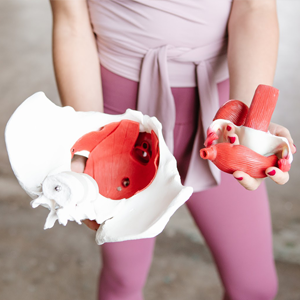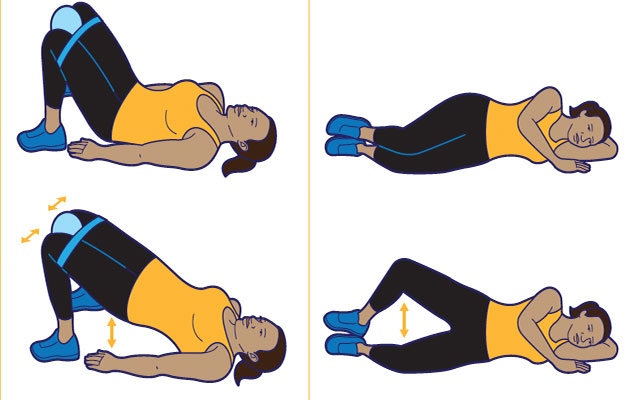Pelvic Floor Dysfunction: Symptoms, Causes & Treatment
Pelvic Floor Dysfunction is a condition that affects the ability to correctly relax and coordinate the pelvic floor muscles, leading to symptoms such as constipation, straining to defecate, urinary or fecal incontinence, and feeling like bowel movements are incomplete.
Some of the common causes of Pelvic Floor Dysfunction include pregnancy and childbirth, injury to the pelvic area, obesity, muscle strain, incorrect toilet behaviors, prolonged sitting, and abnormal posture.
There are different types of Pelvic Floor Dysfunction, and one of them is Hypertonic Pelvic Floor, which is a condition where the muscles in the lower pelvis have a higher resting tone and difficulty relaxing, causing symptoms that affect bladder and bowel function. The causes of Hypertonic Pelvic Floor include scar tissue, endometriosis, birth trauma, and a history of holding urine or stool.
Treatment of Pelvic Floor Dysfunction varies depending on the cause of the condition. Initial treatments include biofeedback, pelvic floor physical therapy, and medications. Physical therapy is frequently recommended as it can assist with symptoms including urinary incontinence and sexual function.
Pelvic floor exercises can also help to strengthen the pelvic floor muscles and alleviate symptoms. In severe cases, surgery may be required.


































